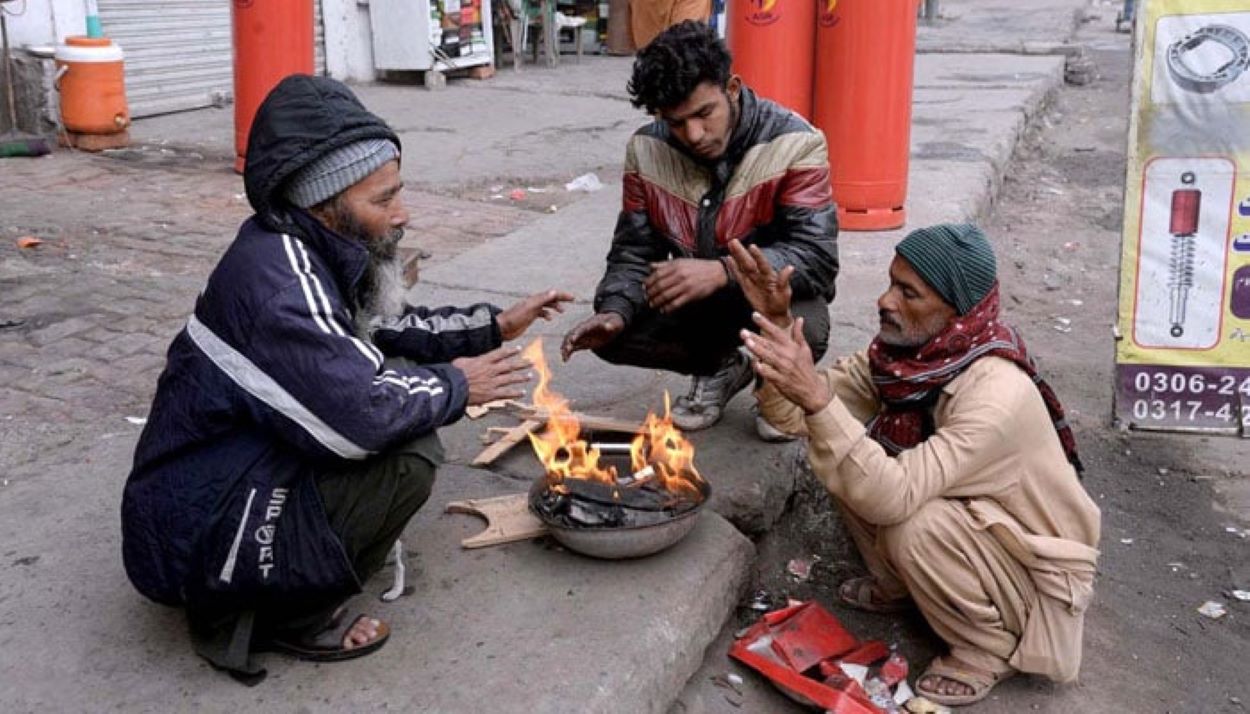Karachi anticipates a significant temperature drop starting January 4 due to incoming westerly winds, the Pakistan Meteorological Department (PMD) reported on Thursday.
While a temporary easing of the cold is expected today and Friday, icy winds following rains in Balochistan will further reduce temperatures in the city. Karachi recorded a low of 13.5°C and 58% humidity on Thursday, with northward winds at six kilometres per hour, the Met Office noted. Cold, dry conditions are likely to continue.
Last December, temperatures in Karachi dropped to 9.1°C and 9.5°C on different days, underscoring this winter’s intensity.
Moreover, Karachi is contending with worsening air quality. On December 31, the Air Quality Index (AQI) reached 237, which was classified as “very unhealthy” by IQAir. PM2.5 levels were at 162 µg/m³, exceeding World Health Organization (WHO) guidelines by over 32 times.
Authorities have advised residents to guard against the cold and limit exposure to polluted air.
IQAir’s latest rankings show Karachi and Lahore are among the top 10 most polluted cities globally. Karachi was sixth with an AQI of 208, and Lahore ninth at 191, both categorized as having very unhealthy air. Persistent poor air quality poses serious health threats to inhabitants.
In Karachi, rapid urbanization, unchecked industrial emissions, and growing vehicle use exacerbate air pollution. Over 16 million residents suffer from severe air quality issues due to lax environmental laws and poor policy enforcement. High PM2.5 levels particularly impact children and the elderly.
Lahore faces similar challenges. Pakistan’s “smog capital” experiences hazardous air quality each winter, primarily from brick kilns, crop burning, and vehicle exhaust emissions. The resulting smog leads to respiratory issues and periodic shutdowns of schools and offices. Although steps like updating brick kiln technology and vehicle inspections are in place, progress remains slow.






